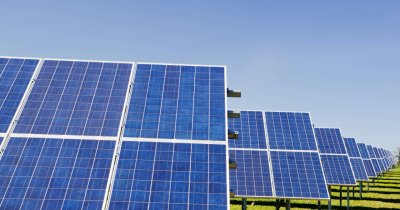Electrive writes that the fuel cell version of the CR-V offers a range of 434 kilometers, while the additional 17.7 kWh battery, if charged fully, can take the vehicle another 46 kilometers. The charging port is bi-directional and it can deliver up to 1.5kW of power from the fuel cell.
Honda co-developed a fuel cell system with General Motors that has a power output of 92.2kW, while the electric motor can deliver up to 130kW or 174 horsepower. The fuel tanks, located behind the rear seats, have a capacity of 4.3 kilograms and can be filled back in three minutes.

Honda officials write that "with the introduction of the CR-V e:FCEV, Honda will be the first Japanese automaker to launch an FCEV model featuring a plug-in charging function that enables charging of the onboard battery from an external power source. Without compromising the advantages of an FCEV, such as long driving range and a short hydrogen refueling time, the addition of a plug-in feature to charge the battery at home and/ or on the go further enhances the convenience of FCEVs."
Honda also claims that the price of the fuel cells it uses came down, as when compared to the 2019 Honda Clarity Fuel Cell, the CR-V e:FCEV's system was around 66% cheaper. The fuel cell version of the CR-V will be available initially in Japan and California, starting 2024, before expanding to other markets.

Toyota offers its own FCEV in the form of the Mirai and while not an SUV, the car has been available on the market for some time now and it has made a name for itself on this fairly exclusive market.
Photo source: Honda
 Mihai - Cristian Ioniță
Mihai - Cristian Ioniță












Any thoughts?